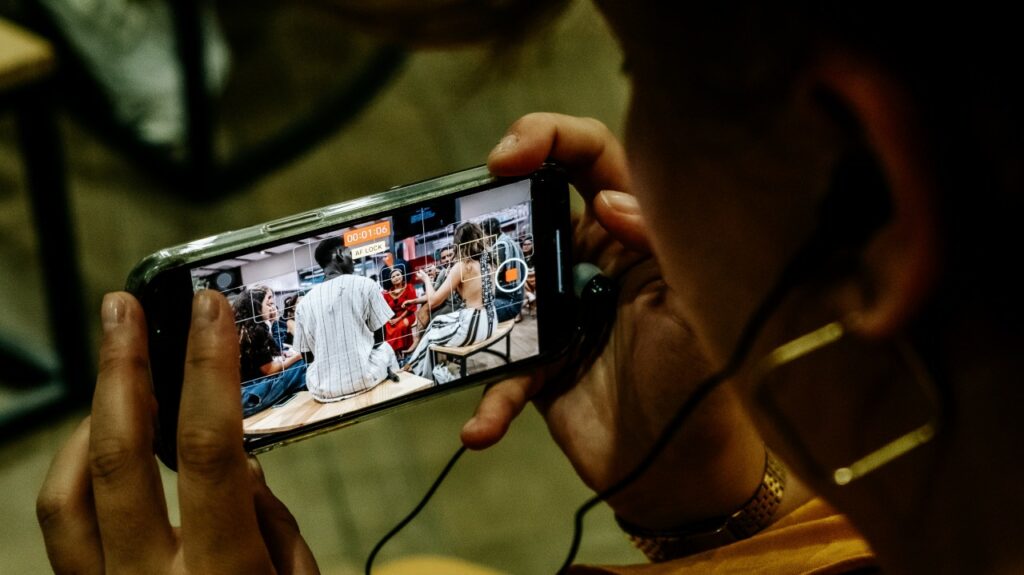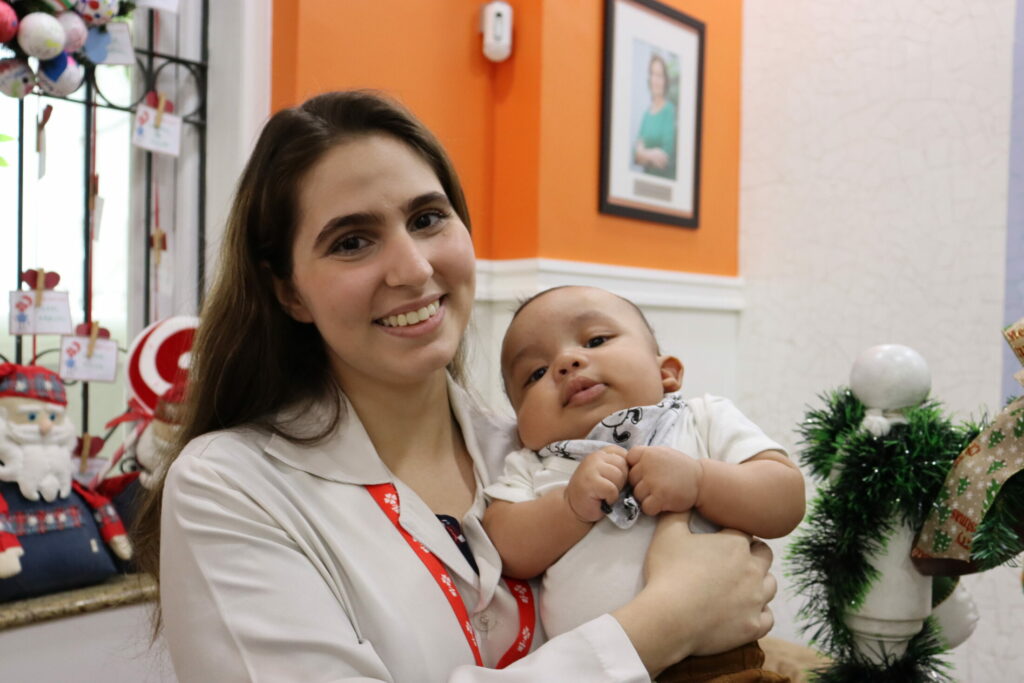Interatrial Communication – CIA
Interatrial Communication – CIA
30/04/2024
Interatrial Communication is a type of congenital heart disease and among the diseases resulting from abnormalities in the structure of the heart, developed during the embryonic phase, it is one of the most frequent. According to the North American Centers for Disease Control and Prevention, one in every 800 live births has CIA.
To understand the problem, it is important to understand how the heart and its four cavities – the two atria and two ventricles – function normally. Although they beat together, the right and left sides of the heart do not communicate. The right atrium only communicates with the right ventricle and the left atrium only with the left ventricle.
In Interatrial Communication, the two atria communicate. As a result, the right side of the heart (responsible for receiving blood from the body and sending it to be oxygenated in the lungs) also ends up receiving the already oxygenated blood that comes from the left side. As a result, the cavities on the right side increase.
Often, a person with Interatrial Communication lives years without experiencing any symptoms. In childhood or adolescence, you may even realize that you don’t perform optimally in more intense sports, for example, but nothing that catches your attention. Depending on the size of the ASD, there may be symptoms such as tiredness with small and medium efforts.
CIA is the most common congenital heart disease in adults. The diagnosis is made when the patient goes to the doctor due to symptoms or it can be diagnosed, by chance, when they go for a check up, for example, to practice physical activities.
Like most congenital heart defects, Interatrial Communication does not have a defined cause. It is an abnormality that occurs sporadically during the formation of the embryo.
The diagnosis is made through an echocardiogram that demonstrates the intracardiac defect.
The treatment is to “close” the communication between the two atria, occluding the hole that allows blood from both sides of the heart to mix, overloading one side.
A few years ago, the treatment was surgical, opening the patient’s chest to correct the communication between the atria. Currently, most cases can be treated via cardiac catheterization.
The hemodynamicist introduces a catheter, guided by image, into the heart and reaches the hole where he will place a small prosthesis to seal the communication between the atria.
Access the illustrative video: https://youtu.be/inE9kB_eJ7I
Dr. Isabela Rangel
Medical Director of Pro Criança Cardiac
Related articles

The 2025 World Top SGOs Are Live

Pro Criança Cardíaca has already secured its registration for the 2025 Best NGOs Award
